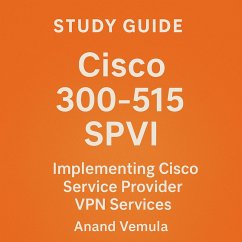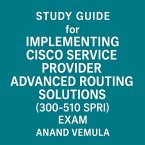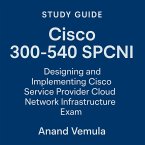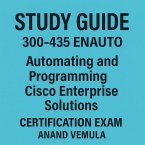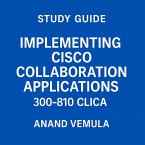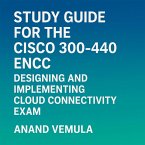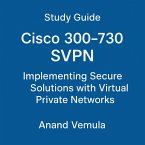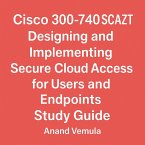The book begins with foundational concepts, helping readers understand the significance of MPLS-based VPN architectures. It covers Layer 2 VPNs (L2VPN) including pseudowires, EoMPLS, AToM, and xConnect implementations, ensuring candidates grasp both theoretical and practical elements. Layer 3 VPNs (L3VPN) are examined in detail, covering PE-CE routing protocols such as OSPF, EIGRP, BGP, and RIP, as well as advanced topics like route distinguishers, route targets, MP-BGP, VPNv4 route exchange, inter-AS options (A, B, and C), and route leaking.
Segment Routing and MPLS forwarding are addressed with in-depth guidance on label distribution, architecture, integration with IGPs (IS-IS and OSPF), and Cisco IOS XR configurations. The guide also emphasizes VPN services operations, such as Carrier Supporting Carrier (CSC), QoS models, and performance monitoring using SNMP, NetFlow, and Telemetry tools.
With practice labs, step-by-step configurations, and over 100 exam-style MCQs, this guide enables learners to reinforce their understanding and build confidence. It is an essential resource for networking professionals preparing for the 300-515 SPVI exam or working in real-world service provider environments.
Dieser Download kann aus rechtlichen Gründen nur mit Rechnungsadresse in A, B, BG, CY, CZ, D, DK, EW, E, FIN, F, GR, H, IRL, I, LT, L, LR, M, NL, PL, P, R, S, SLO, SK ausgeliefert werden.

